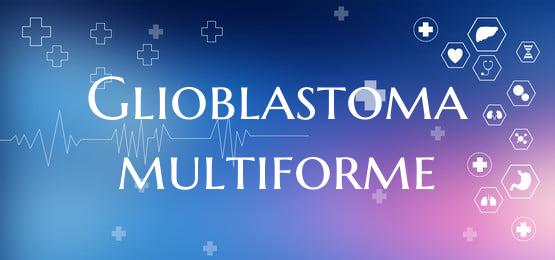
Glioblastoma multiforme
Glioblastoma multiforme (GBM) is the most aggressive type of brain tumor that originates in the supporting cells of the brain called glial cells. It is also known as Grade IV astrocytoma and accounts for a large proportion of all primary brain tumors. GBM is classified as a high-grade glioma due to its fast-growing and invasive nature.
Individuals with Glioblastoma multiforme often experience symptoms such as headaches, seizures, cognitive impairment, and personality changes. Diagnosis usually involves imaging tests like MRI or CT scans, followed by a biopsy to confirm the presence of GBM.
Treatment for Glioblastoma multiforme typically involves a combination of surgery, radiation therapy, and chemotherapy. Surgery aims to remove as much of the tumor as possible, followed by radiation therapy to target any remaining cancer cells. Chemotherapy may also be prescribed to help slow down tumor growth and prevent recurrence.
Despite advancements in treatment, Glioblastoma multiforme remains a challenging disease to treat due to its highly invasive nature and ability to rapidly recur. Research into new therapies and treatment options for GBM is ongoing in the medical community.
Supportive care and palliative measures are often an essential part of managing Glioblastoma multiforme to improve the quality of life for patients and their families. This includes symptom management, psychological support, and access to palliative care services.
In conclusion, Glioblastoma multiforme is a complex and aggressive brain tumor that requires a multidisciplinary approach to treatment and care. Continued research and innovations are crucial in improving outcomes and quality of life for individuals affected by this challenging disease.